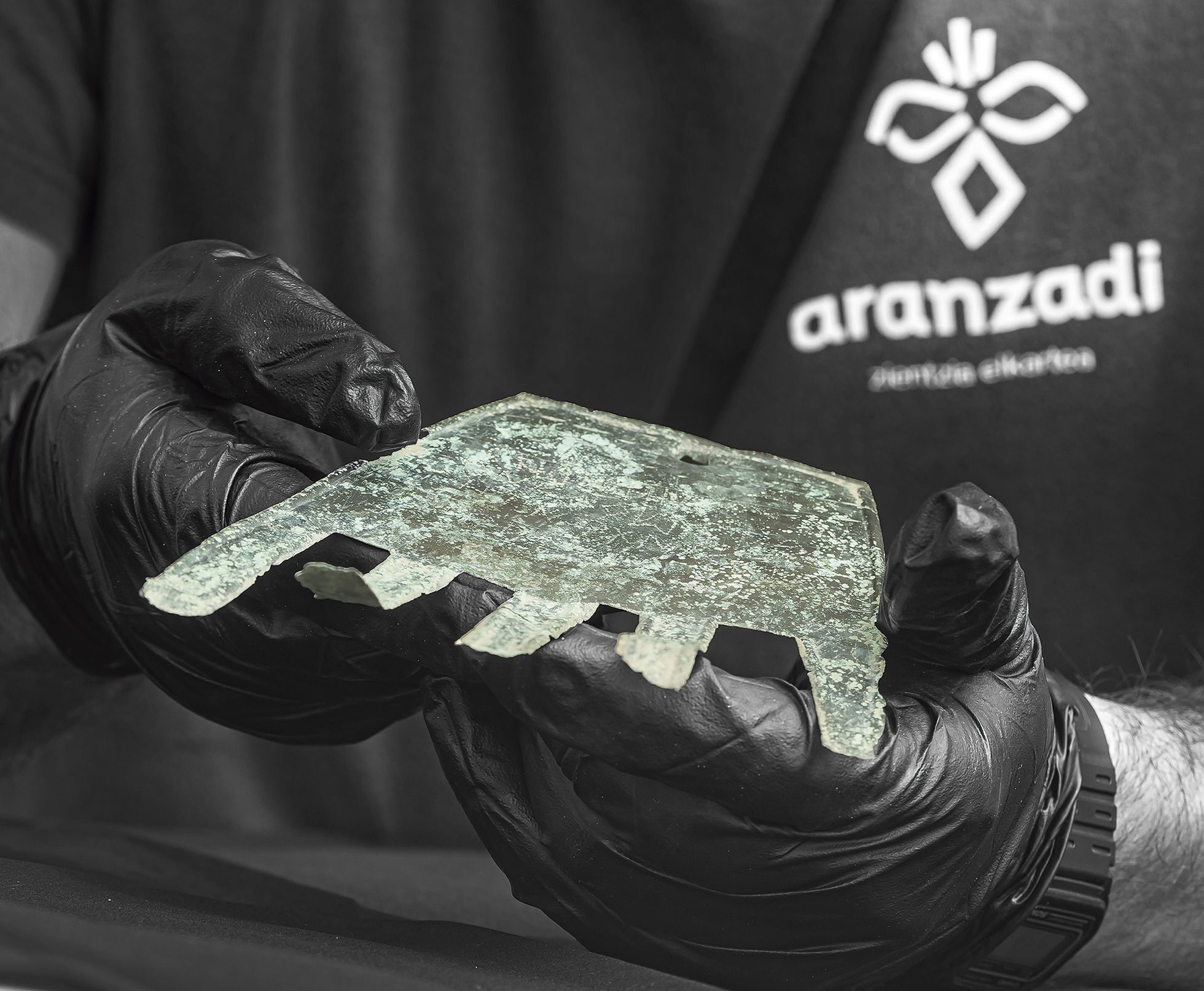
In 2018 Manolo Romero, the mayor of Valle de Aranguren (a municipality bringing together eight villages located in the valley of the same name) sought help from the regional government of Navarre and from the Aranzadi Science Society (known in Spain for conducting hundreds of exhumations of Civil War-era mass graves). Researchers got to work excavating the hillock, on which the walls of a medieval castle also stand. At the foot of the fortification, the remains of a 2,000-year-old settlement were uncovered. In 2021, on the threshold of one of the houses razed during the Sertorian Wars, workers found a bronze slab in the shape of a hand and about 14.5 centimeters (5.7 in) long. Laboratory analysis confirmed that strange inscriptions were engraved on its fingers, in the form of 40 symbols distributed across four lines.
Javier Velaza, a professor of Latin Philology at the University of Barcelona and one of the world's foremost experts on pre-Roman inscriptions, was astonished when he analyzed the piece last April: it turned out to be the first text in history to be written in the Basque language, Euskera, and its first word could be translated into sorioneku, meaning good fortune or good omen. "The Hand of Irulegi is undoubtedly the first document written in the Basque language and in a specifically Basque script [an alphabet that includes letters and syllables], as well as being the longest text known to date," says Velaza.
The Vascones were a pre-Roman people whose territory was mainly centered in present-day Navarre, although it also extended into parts of Gipuzkoa, La Rioja, Zaragoza and Huesca. The basic characteristics of this area, which does not correlate to the modern-day Basque Country, are its Pyrenean character, its extension toward the Ebro basin to the south and its outlet to the Cantabrian Sea through the Bidasoa River. The earliest mention of the Vascones was made by the historians Pliny the Elder and Claudius Ptolemy in the 1st century AD, when they drew up a list of Basque cities based on a map commissioned by Caesar Augustus. Among these were Oyaso (modern-day Irún), Ejea de los Caballeros (Zaragoza), Jaca (Huesca) and Calahorra. Little else was known about the Vascones as, until now, no written texts had ever been found, only a few coins. The inhabitants of the region spoke a language called Proto-Basque, an ancient precursor of the current Basque language that contained strong linguistic similarities. These have led experts to conclude that the two are in fact different stages of the same language.
Additionally, known inscriptions in the region are scarce and highly disputed. Only a few written in Paleohispanic script have survived, the attribution and linguistic interpretation of which remain a source of open debate. It was not until the Roman Imperial era that a more abundant epigraphic body emerged. In this context, the discovery of a Basque inscription like the one on the Hand of Irulegi constitutes an exceptional novelty, according to the experts.
The Irulegi archaeological site stands on an isolated mountain between the Pyrenees and the Ebro valley. It was built for defensive purposes and to control the surrounding territory in the Bronze Age, between the 15th and 11th centuries BC and disappeared in the 1st century BC. The settlement has been preserved intact due to the fire set by Pompey's troops, which caused the collapse of the dwellings, sealing them shut. All the excavated buildings are rectangular and oriented south-north. They had stone plinths, adobe brick walls and interspersed posts to hold up the wooden roofs and the vegetation covering them. The dwellings measured about 70 square meters (753 square feet) and were separated by streets or spaces. Experts believe the settlement had a "significant role on a local and regional scale."
On June 18, 2021, archaeologist Leire Malkorra found the bronze hand in the vestibule of one of these dwellings, identified as Building Number 6,000. It was buried under the remains of charcoal and burnt adobe caused by the fire. Etruscan and black ceramics, numismatic elements and the bone remains of domestic animals were also found. Uppsala University in Sweden has dated the finds to the first quarter of the 1st century BC, with a probability of 95.4%.
When it was removed, no engraved inscription or ornamention was visible so the artifact was thought to be part of a helmet. It consisted of a sheet of bronze, cut down to represent the shape of a life-sized right hand, and is an alloy of 53.19% tin, 40.87% copper and 2.16% lead, something common in ancient alloys, according to the analysis of experts from the Public University of Navarre.
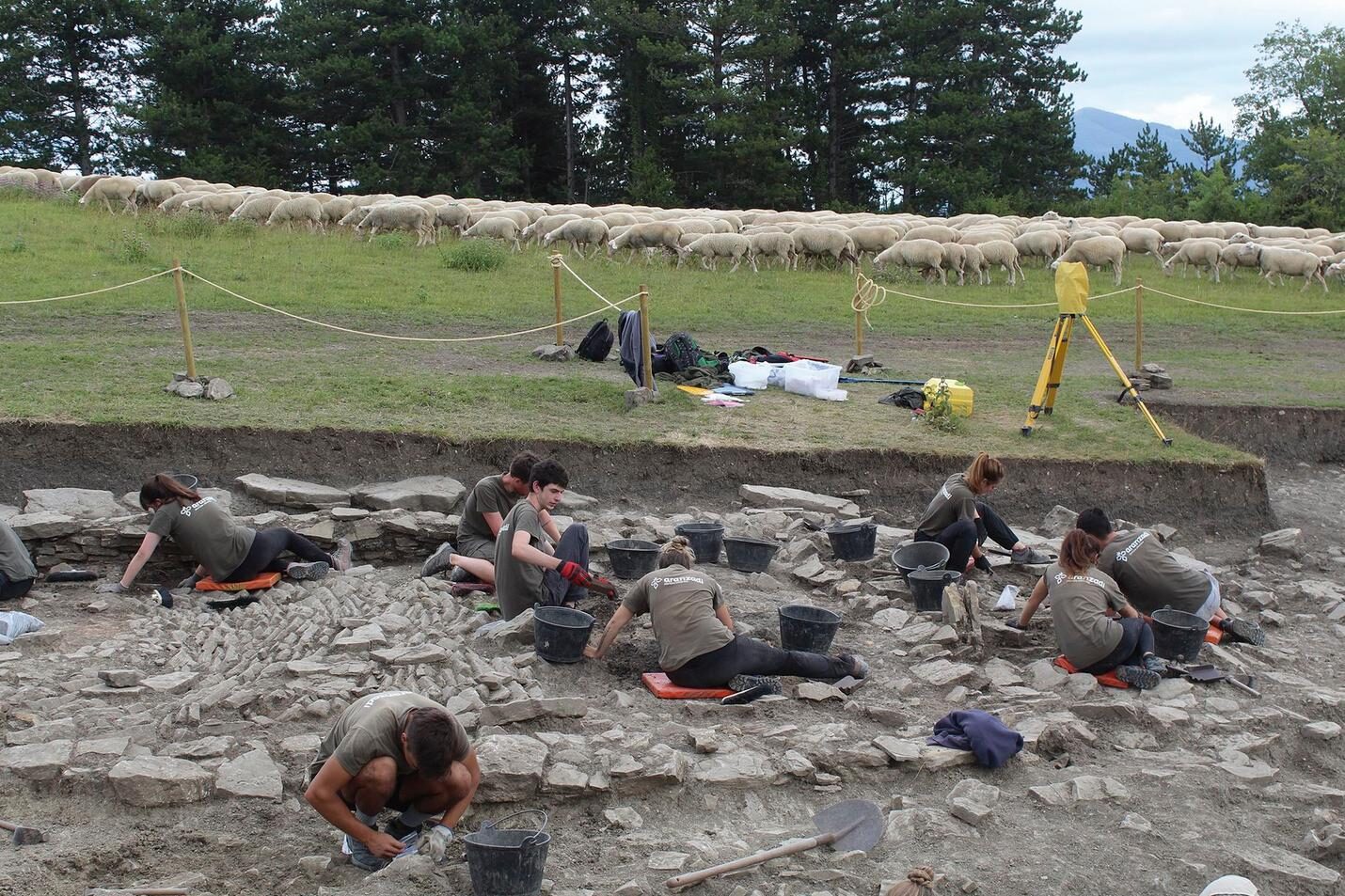
For example, the inscription includes the symbol T, which has already been identified on two coins, supporting the theory of the existence of a particular subsystem, as such a sign does not exist among the rest of the Hispanic script systems. In addition, the system of letters and semi-syllabary of the Hand of Irulegi includes two vibrating signs, which makes it possible that it is an adaptation of the Iberian script, as the Celtiberian script lacked one of them. How, when and where the Vascones adapted the Iberian script is unknown, but it does completely rule out the theory that they were a people who lacked a writing system, as had previously been thought, but that "they knew the writing and had made use of it, if not extensively then at least not negligibly."
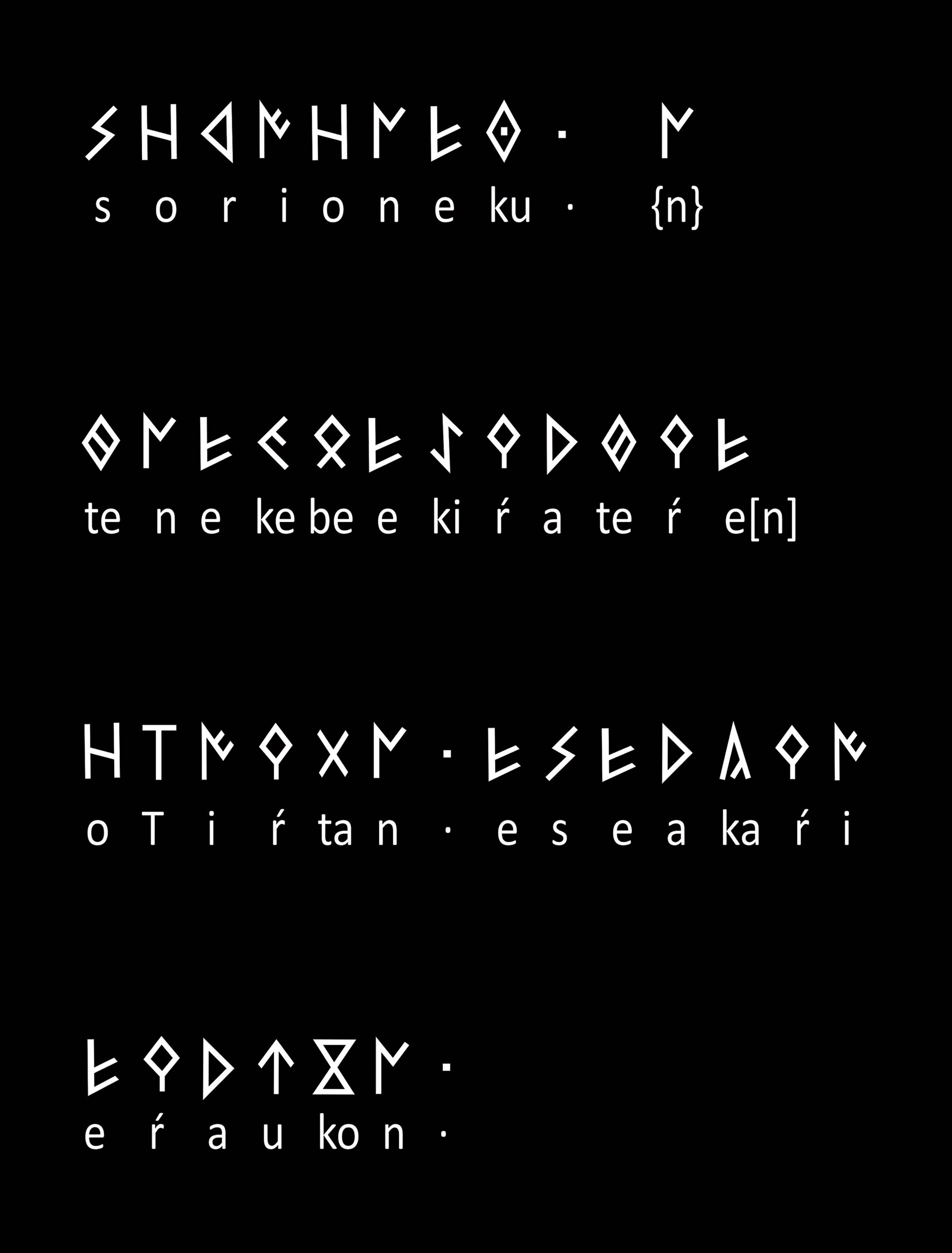
What epigraphers have distinguished is the first word of the text: sorioneku, which is very similar to the Basque word zorioneko, formed by the sequence zori (fortune) and on (good), which can be translated as "of good fortune or good omen." The rest of the inscription raises more questions, the researchers admit. They do though believe they have detected some recognizable words such as es (ez in modern Basque), an adverb of negation, and perhaps also a form relatable to the verb egin (to do).
"What is beyond doubt," conclude Velaza and Gorrochategui, "is that the exceptional Irulegi inscription proves that the Basques were using their language in that territory in the 1st century BC. And, taking into account the scarcity of firm testimonies for the establishment of the linguistic map of the area and of the protohistory of the Basque language, its discovery creates an inescapable basis for any debate on the question. The Hand of Irulegi constitutes the first document undoubtedly written in the Basque language."
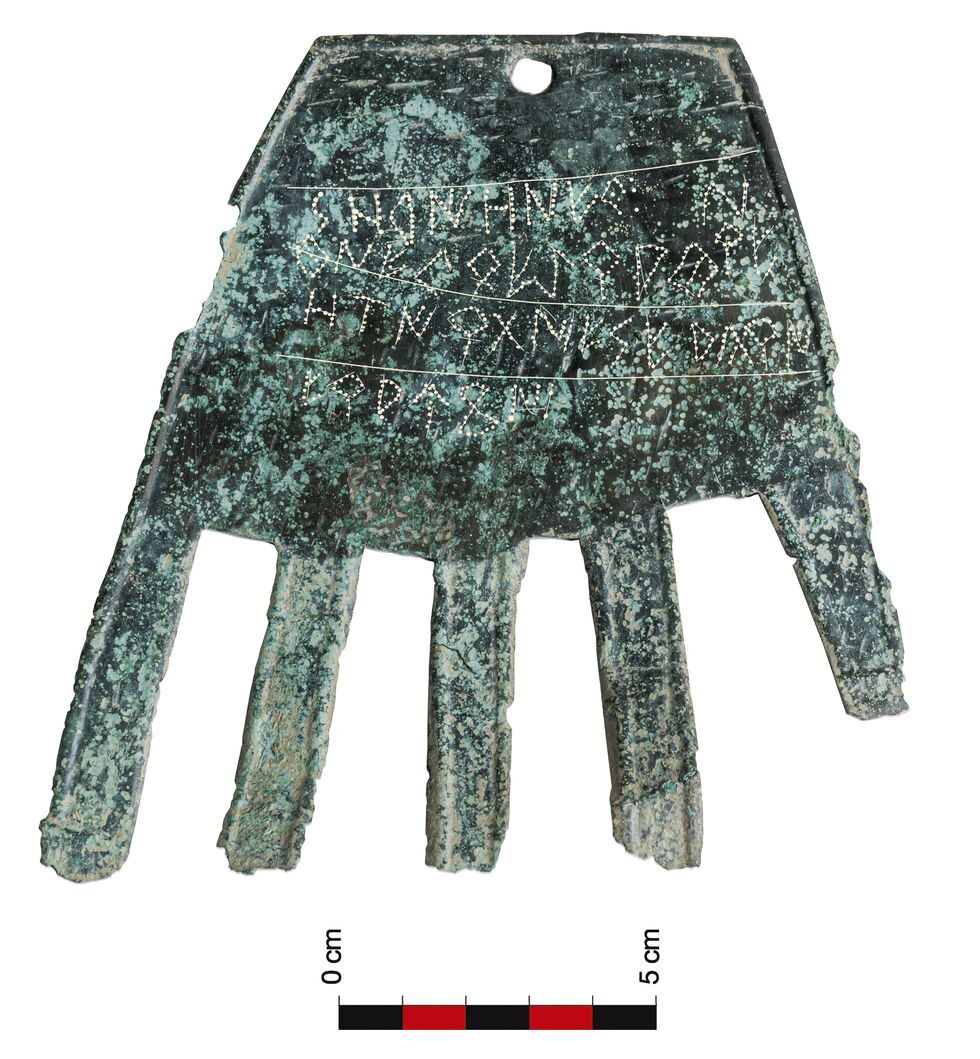

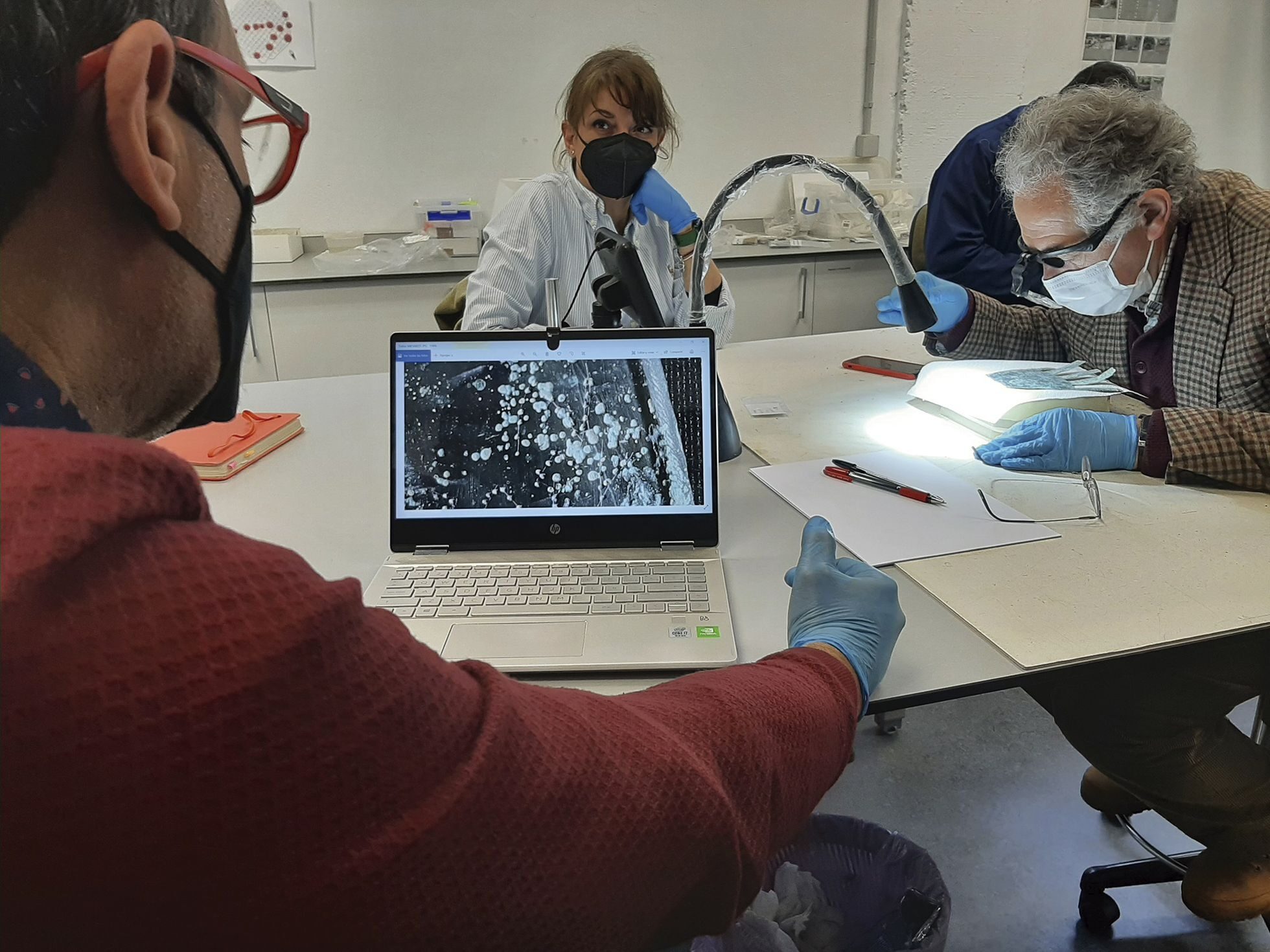



Comment: See also:
- Basque origins mystery solved by ancient DNA
- DNA shows Irish people have more complex origins than previously thought
- 'Exceptional' trove of 24 ancient statues found immersed in Tuscan spa, sheds light on transition between Etruscan and Roman period
And check out SOTT radio's: MindMatters: Meaning All the Way Down: The Wonders and Mysteries of Language with Juliana Barembuem